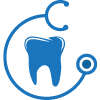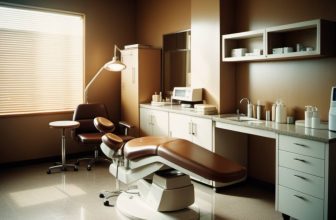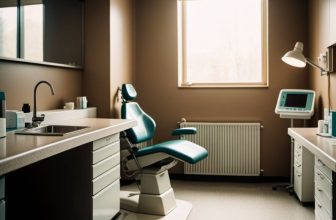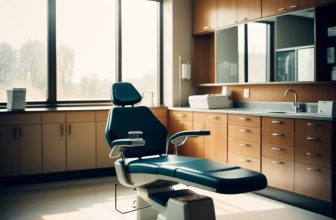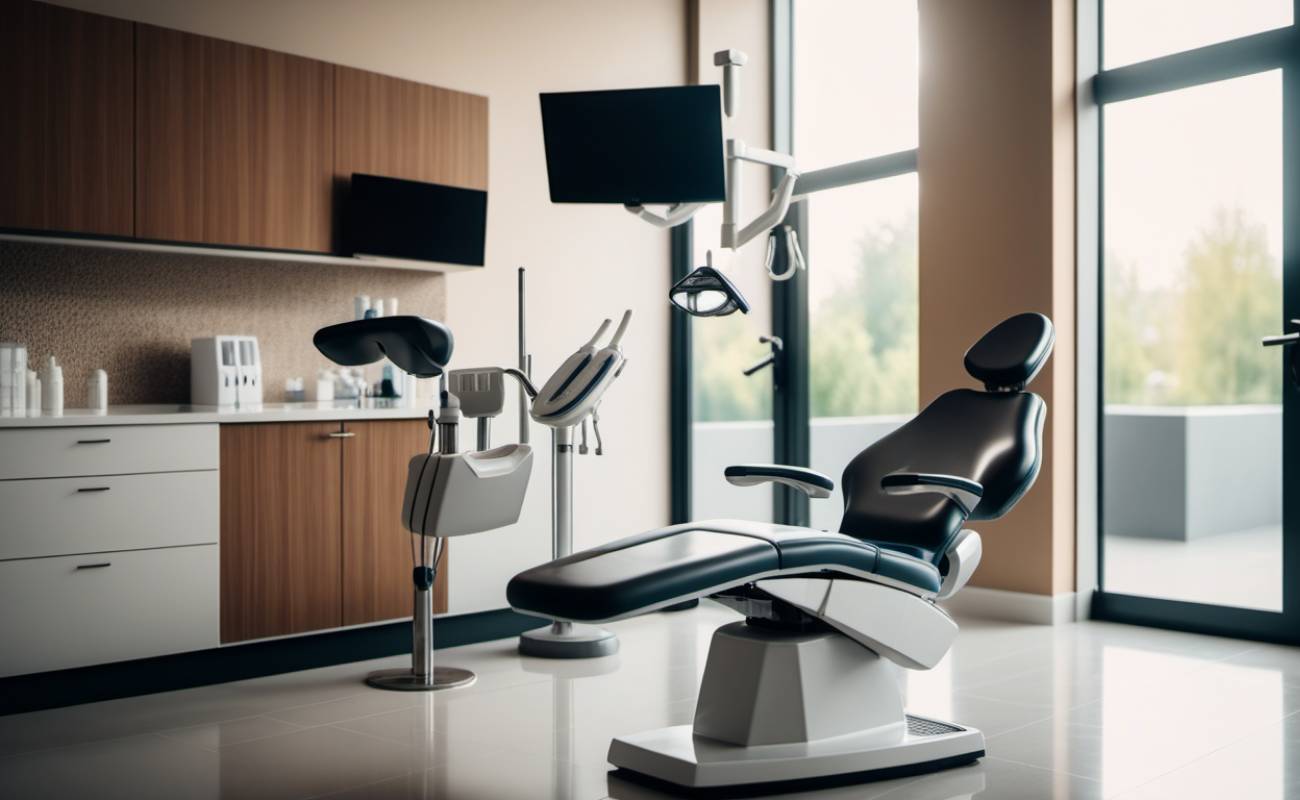
Dental accidents can happen unexpectedly, ranging from a sudden impact during sports to an unforeseen slip and fall. These incidents can result in a variety of injuries, from chipped or broken teeth to more severe damage affecting the gums and jaw. In this comprehensive guide, we will explore the common causes of dental accidents, strategies for prevention, and the essential steps for emergency response and recovery. Understanding how to navigate dental accidents is crucial for maintaining oral health and addressing injuries promptly.
I. Common Causes of Dental Accidents
- Sports-Related Injuries:
- Impact during contact sports or activities without proper mouthguard protection.
- Strategies for preventing sports-related dental injuries.
- Falls and Trauma:
- Accidental falls, car accidents, or other traumas leading to dental injuries.
- The importance of maintaining a safe environment to prevent accidental falls.
- Biting on Hard Objects:
- Chipping or cracking teeth by biting on hard substances like ice, pens, or unpopped popcorn kernels.
- Awareness and habits to avoid biting on hard objects.
- Motor Vehicle Accidents:
- Dental injuries resulting from collisions and airbag impact during car accidents.
- The role of seatbelts and airbags in minimizing dental trauma.
II. Preventive Measures for Dental Accidents
- Mouthguards for Sports:
- The significance of wearing properly fitted mouthguards during sports activities.
- Types of mouthguards and how to choose the right one for different sports.
- Fall Prevention Strategies:
- Creating a safe home environment to prevent accidental falls, especially for children and the elderly.
- The role of proper lighting, handrails, and safety measures in preventing falls.
- Avoiding Hard Foods and Objects:
- Educating individuals on the potential risks of biting on hard substances.
- Encouraging a diet that minimizes the risk of dental injuries.
- Use of Seatbelts and Protective Gear:
- Emphasizing the importance of seatbelt use and proper positioning in vehicles.
- Protective gear for specific activities prone to dental accidents.
III. Immediate Steps After a Dental Accident
- Assessment of the Situation:
- Quick evaluation of the severity of the dental injury.
- Identifying whether it’s a chipped tooth, a knocked-out tooth, or other types of dental trauma.
- Contacting Emergency Services:
- Knowing when to call emergency services for immediate assistance.
- Addressing other injuries, such as head trauma or facial lacerations, that may accompany dental accidents.
- Preserving Knocked-Out Teeth:
- Proper steps to preserve a knocked-out tooth until professional dental care is received.
- The importance of quick action in increasing the chances of successful tooth re-implantation.
- Managing Pain and Swelling:
- Over-the-counter pain relief and anti-inflammatory measures for immediate relief.
- Avoiding certain medications that might worsen bleeding or interact with dental treatments.
IV. Types of Dental Injuries and Emergency Responses
- Chipped or Broken Teeth:
- Dental bonding and veneers for minor chips.
- Dental crowns for more extensive damage.
- Avulsed (Knocked-Out) Teeth:
- Re-implantation procedures and timing considerations.
- Alternatives such as dental implants for permanent tooth replacement.
- Fractured Jaw or Facial Bones:
- Stabilization measures and the role of surgical intervention.
- Collaborative care with oral surgeons and facial trauma specialists.
- Soft Tissue Injuries:
- Management of cuts, bruises, and lacerations in the oral cavity.
- Preventing infection and promoting healing through proper wound care.
V. Seeking Professional Dental Care
- Choosing Between Emergency and Regular Dental Care:
- Differentiating between situations that require immediate attention and those that can wait for regular dental office hours.
- Understanding the role of emergency dental services.
- Diagnostic Procedures:
- X-rays and other diagnostic tools to assess the extent of dental injuries.
- The importance of a thorough examination in planning the appropriate treatment.
- Treatment Modalities:
- Dental fillings, crowns, and veneers for restoring damaged teeth.
- Surgical interventions for more complex cases, such as jaw fractures.
- Follow-Up Care:
- The significance of follow-up appointments to monitor healing and address any complications.
- Long-term considerations for maintaining oral health after a dental accident.
VI. Psychological Impact and Coping Strategies
- Emotional Responses to Dental Accidents:
- Anxiety, fear, and stress associated with dental injuries.
- Addressing the psychological impact through counseling and support.
- Dental Phobia and Post-Traumatic Stress:
- Recognizing and addressing dental phobia that may develop after a traumatic dental experience.
- Coping strategies and therapeutic interventions.
VII. Long-Term Oral Health Considerations
- Orthodontic Concerns After Dental Injuries:
- Potential impact on bite alignment and the need for orthodontic interventions.
- Collaborative care with orthodontists to address long-term concerns.
- Prosthetic and Implant Solutions:
- Options for replacing missing or severely damaged teeth.
- Dental implants, bridges, and dentures as viable solutions for restoring oral function.
VIII. Incorporating Dental Accident Prevention into Daily Life
- Educational Initiatives:
- Raising awareness about dental accident prevention in schools and communities.
- Educational programs on oral health and safety.
- Community Outreach and Resources:
- Availability of resources for individuals to learn more about preventive measures.
- Community initiatives and workshops on dental accident prevention.
IX. Conclusion: Empowering Individuals for Dental Safety
In conclusion, navigating dental accidents requires a combination of preventive measures, immediate response strategies, and comprehensive professional care. Understanding the common causes of dental injuries and adopting preventive practices significantly reduces the risk of accidents. Quick and informed actions following a dental accident are crucial for the best possible outcomes.
Empowering individuals with knowledge about preventive measures, emergency response, and long-term oral health considerations is essential for fostering a culture of dental safety. By integrating dental accident prevention into daily life and promoting community-wide awareness, we can collectively contribute to minimizing the impact of dental injuries and preserving oral health for a lifetime.
